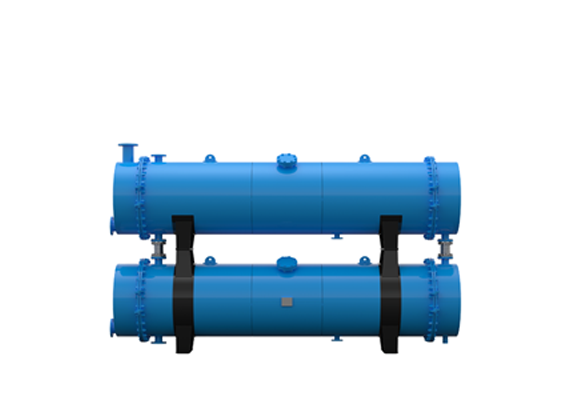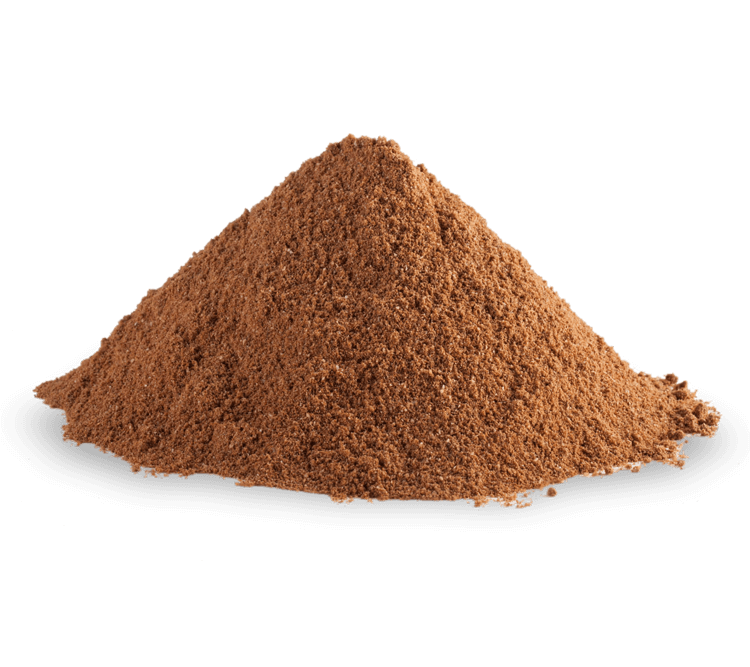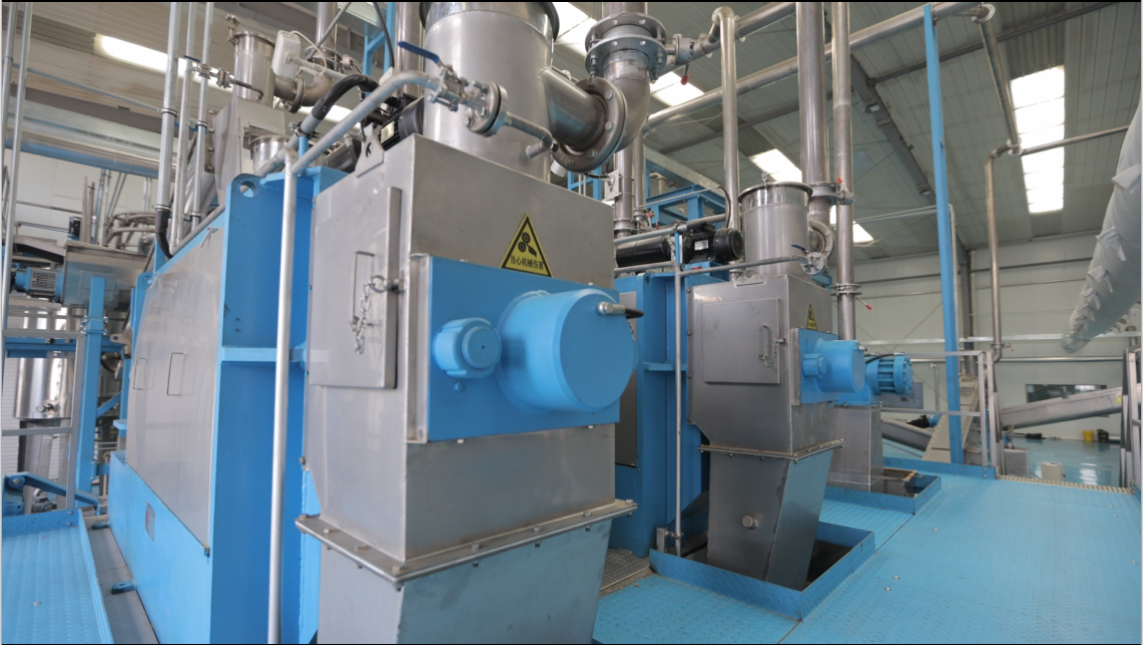
From Waste to Resource: Hidden Potential of Rendering Plant Products
From Waste to Resource: Hidden Potential of Rendering Plant Products
What is meant by rendering plant?
Waste management is crucial to preserving a clean and healthy environment in today’s society. While recycling and landfill disposal are topics that most people are aware of, rendering facilities are a lesser-known part of waste management that are extremely important to the process. These facilities are responsible for processing animal waste to create useful goods like fertilizers, biodiesel, and animal feed. We shall expose the truth about rendering facilities and rendering plant products in this blog article and highlight their significance in the effort to manage trash sustainably.
The Sustainable Solution: Exploring the Benefits of Rendering Plant Products
Unlocking the latent potential of animal byproducts and providing a workable future solution, rendering facilities, are essential to the sustainable use of animal byproducts. To effectively manage the waste produced by the livestock sector, creative and sustainable solutions must be found as the world’s population and food needs grow.
Customization is crucial in production and engineering to meet diverse sectors’ specific requirements. Rendering of poultry is one such sector that is significantly dependent on specialized technology and equipment. Transforming by-products from poultry into useful resources is carried out by rendering facilities. Using Jiangsu SunRise Environmental Protection Technology Co. Ltd as our example, a top manufacturer in the industry, we will examine the manufacturing and engineering facets of poultry rendering facilities and fish meal rendering in this article.
Understanding Poultry Rendering Facilities:
Poultry rendering facilities play a critical role in the chicken business by converting animal byproducts like feathers, blood, and fat into valuable resources like animal feed, biodiesel, and fertilizers. These facilities use several procedures to separate useful components from the raw materials, including heating, drying, and grinding. These activities require cutting-edge technology and equipment that can be modified to fit unique needs to be efficient and successful.
Customization in Poultry Rendering Plants Is Important:
- Increased Productivity:
By optimizing production procedures and minimizing downtime, machinery customization enables poultry rendering factories to increase their total productivity. By handling specific by-product kinds and volumes, tailored equipment may be created to ensure efficient operations and save waste.
- Better Safety and Hygiene:
Customized equipment may be fitted with cutting-edge safety components and sanitary design features in line with industry standards, guaranteeing a secure working environment. Manufacturers like Jiangsu SunRise provide customization choices that can assist poultry rendering facilities in maintaining high levels of output quality while also adhering to strict sanitary regulations.
Understanding Feather Meal Rendering Plants:
Fish meal is a very important and popular protein source used in animal feed formulation. Increasingly important as fish meal demand rises is optimizing the production process. The process of rendering fish byproducts like feathers is crucial in creating a fish meal. This blog will explore ways to maximize productivity and quality, increase efficiency, lowering waste, and boost the nutritional content of the finished product as it relates to the specifics of rendering plants for feather meals. Feather meal rendering factories are specialized facilities that turn value feather meals from by-products of the fish processing industry, such as feathers, into profitable feather meals. These factories are essential to the total manufacturing of fish meal. Instead of being discarded, the feathers are converted into a high-protein substance that may be used in animal feed compositions.

- Modern rendering plants for feather meals use cutting-edge rendering methods to maximize yield and quality. These methods entail meticulously regulating temperature, pressure, and cooking time to guarantee proper processing and protein extraction from the feathers. Manufacturers can increase the feather feed’s protein content and general quality by optimizing these factors.
- Mechanical separation procedures are used to clean the feathers of contaminants and undesirable substances. These include tools that effectively remove the valuable components of feathers, such as cyclone separators, centrifuges, and filters. Mechanical separation is used, which improves the feather meal’s quality and helps minimize waste and increase yield.
Enhancing Effectiveness and Cutting Waste:
- Plants that render feather meal work to increase productivity and lower energy usage. These systems and technologies, which include modern process control systems, condensers, and heat exchangers, help them do this. These systems optimize energy use, recover waste heat, and prevent heat loss, which lowers operating costs and leads to more ecologically responsible manufacturing.
- To reduce their negative environmental effects, rendering facilities for feather meals must practice proper waste management. Utilizing methods like anaerobic digestion, organic waste may be transformed into biogas and used inside the company to generate electricity. Additionally, effective water treatment technologies guarantee the ethical disposal or repurposing of wastewater, minimizing the facility’s environmental impact.
The main goal of SunRise:
Sunrise Environmental Protection consistently upholds client satisfaction and brand loyalty by following the motto “customer first, reputation, first-class quality. We also adapt our production equipment to address the need for ecologically friendly goods in various contexts. As a result, we have received widespread acclaim from clients both domestically and internationally. The aim of Sunrise Environmental Protection will always be “making the environment better”. Realize your ideal of a happy coexistence between man and the environment by putting the idea of green development into practice!
We employ stringent quality control procedures and rendering plant products at every stage of production to guarantee that our equipment satisfies the highest requirements for dependability, toughness, and performance. Additionally, we go above and beyond the sale to ensure client pleasure by offering full after-sales support, which includes maintenance services and replacement parts availability.
Conclusion:
Have you ever wondered what happens to the waste from the food we consume? Most people must know the crucial role of rendering plants in disposing of and recycling animal by-products. In this blog post, we describe very well, shed light on the untold story of rendering plant products, and give you a behind-the-scenes look at this essential industry. In the industry of rendering plants, SunRise Environmental Protection once more showed superior strength and leadership. In addition to showcasing the most recent technological developments and product improvements, we also promoted industry collaboration and communication, which helped the cattle sector flourish sustainably. We will continue to support the idea of “scientific and technological innovation, environmental protection first.” We will work to advance animal husbandry to contribute more to developing green, environmentally friendly animal husbandry.
Categories
Recent Posts
-

Animal protein meal plays an important role in feed
March 27, 2025 -

Efficient Oil Screw Press for Animal Fat Processing
March 21, 2025 -

What is harmless treatment of sick and dead animals and poultry(rendering plant) A Key Initiative to Protect the Ecological Environment and Food Safety.
March 6, 2025
